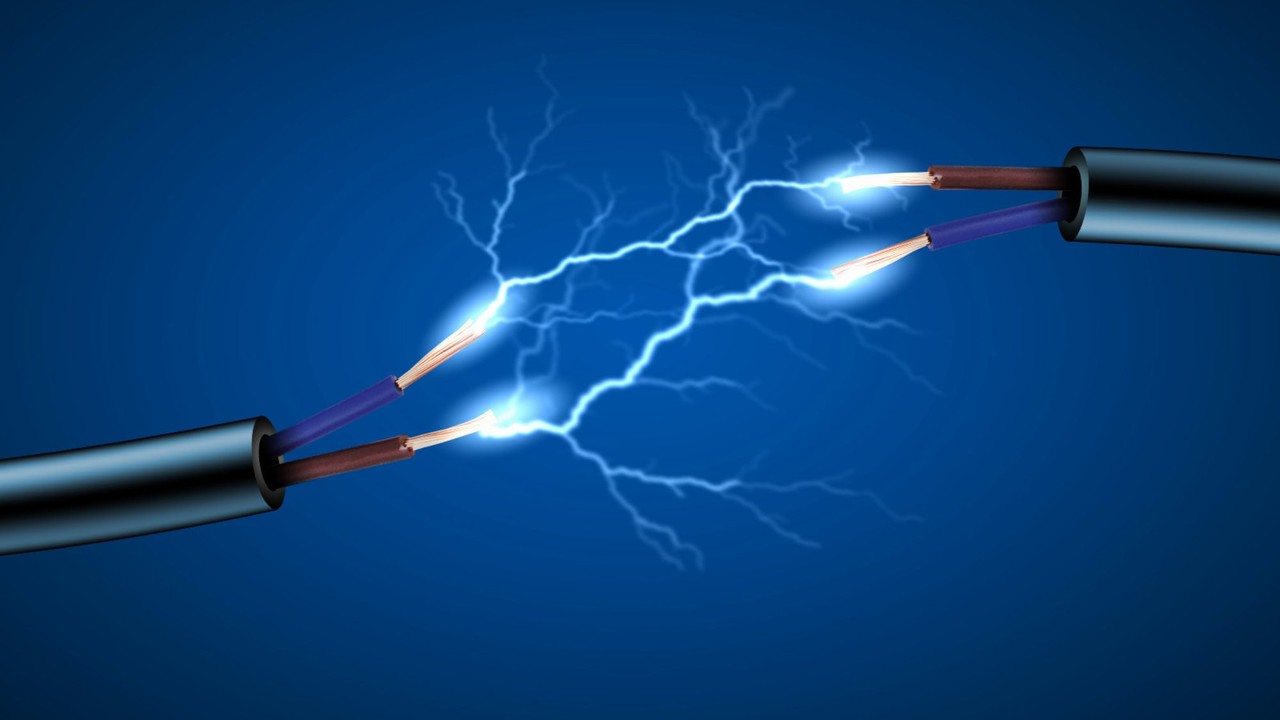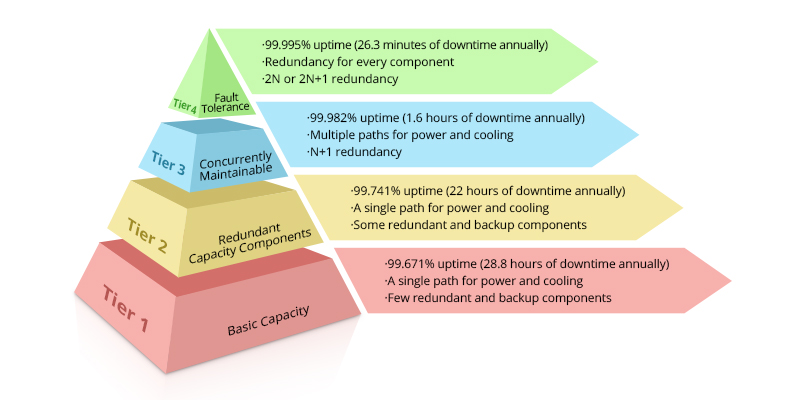July 19, 2023

At Prism we have tremendous experience with numerous different designs. One of which is redundant power systems for Data Centers. This often includes emergency generator systems and uninterruptible power supplies.
There are so many key factors that come into play when designing redundant power systems. It is important to consider the level of redundancy required; how many points of failure and what level of back-up response are present. An uninterruptible power source is a type of continual power system that provides automated backup electric power to load when the input power source or mains power fails. Usually, this is a battery powered back-up that will allow the system to maintain online until the emergency generator system can kick in and carry the critical loads.
At Prism, we work closely with our clients to understand their needs. We perform field coordination and communication with the electrical contractors to validate constructability. We validate specifications with client and comply with the city adopted National Electric Code requirements. The NEC requires that conductors of a circuit must be inside a raceway, cable, trench, cord, or cable tray. Data centers are classified into different levels or tiers. A data center tier is an international standard classification for data center performance. The higher the number, the better the performance of the data center. Tier 1 being non redundant, a single path of power and cooling. Tier 1 makes sure there are no disruptions from human error, but not unexpected failure or outage. Tier 2 covers unnecessary capacity components for power and cooling that provide better maintenance opportunities and safety against disruptions. Tier 3 is concurrently maintainable with redundant components as a key differentiator, with redundant distribution paths to serve the critical environment. Unlike Tier I and Tier II, these facilities require no shutdowns when equipment needs maintenance or replacement. and Tier 4 redundantly redundant having 2 fully sized utility paths and cooling. Investing in Tier certification puts your data center infrastructure under review and proves compliance, reassuring your clients that your facility will meet their expectations.

Emergency generators are essential for most businesses. Examples of emergency generator systems applications are fire pumps, high-rise buildings, atriums, chemical exhaust systems and hospitals. Emergency generators are included in large buildings to supply power to selected equipment when the main power is lost.
Sizing emergency generators is another key factor to know when dealing with generators. To size an emergency generator, you first add up the total watts to determine how much power your home or place of business is likely to use during an outage. Then you would divide the total watts by 1000 to find kilowatts. After that, multiply kilowatts x 1.25 to add a margin of safety and for future power needs. This is the minimum generator capacity required for your home/ place of business.
A standby generator is a combination of an electrical generator and a mechanical engine mounted together to form a single piece of equipment. The components of a generator include a prime mover, an alternator, a governor, and a distribution system. It will take a few seconds for a generator to start up in the case of a power outage. When considering the critical loads in data centers; a few seconds of no power can be detrimental causing equipment to shut down and having to start up again in the event of an outage.
An uninterruptible power supply (UPS) is battery back up to the critical loads that cannot see any down time in the event of a power outage. The three major types of UPS system configurations are online double conversion, line-interactive and offline. These UPS systems are defined by how power moves through the unit.
HVAC equipment includes air conditioners, boilers, chillers, heat pumps, dehumidifiers and humidifiers, radiant systems, and other types of equipment. Nearly all modern buildings use mechanical heating and cooling. We work closely with the mechanical engineers to provide code compliant power. Here at Prism, we coordinate the control of the HVAC equipment by specifying motor starters and variable frequency drives and the low voltage interconnects required for monitoring any change of conditions.
Overall, Prism offers substation, cleanrooms, lab, office renovations, construction power, temporary power feeds, lighting, photovoltaic and much more.
By: Angela Sendik